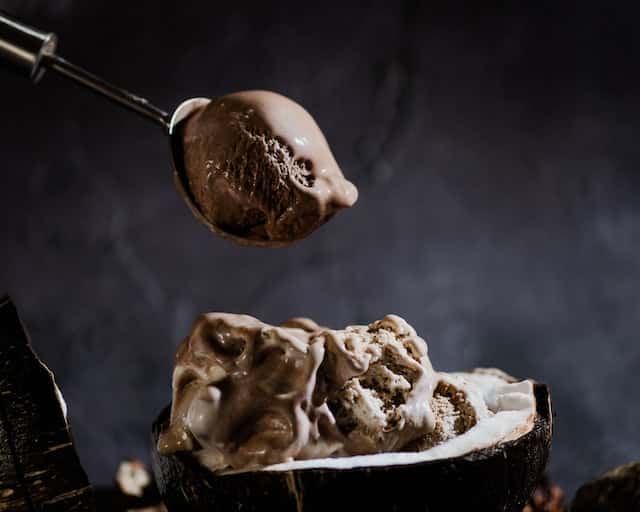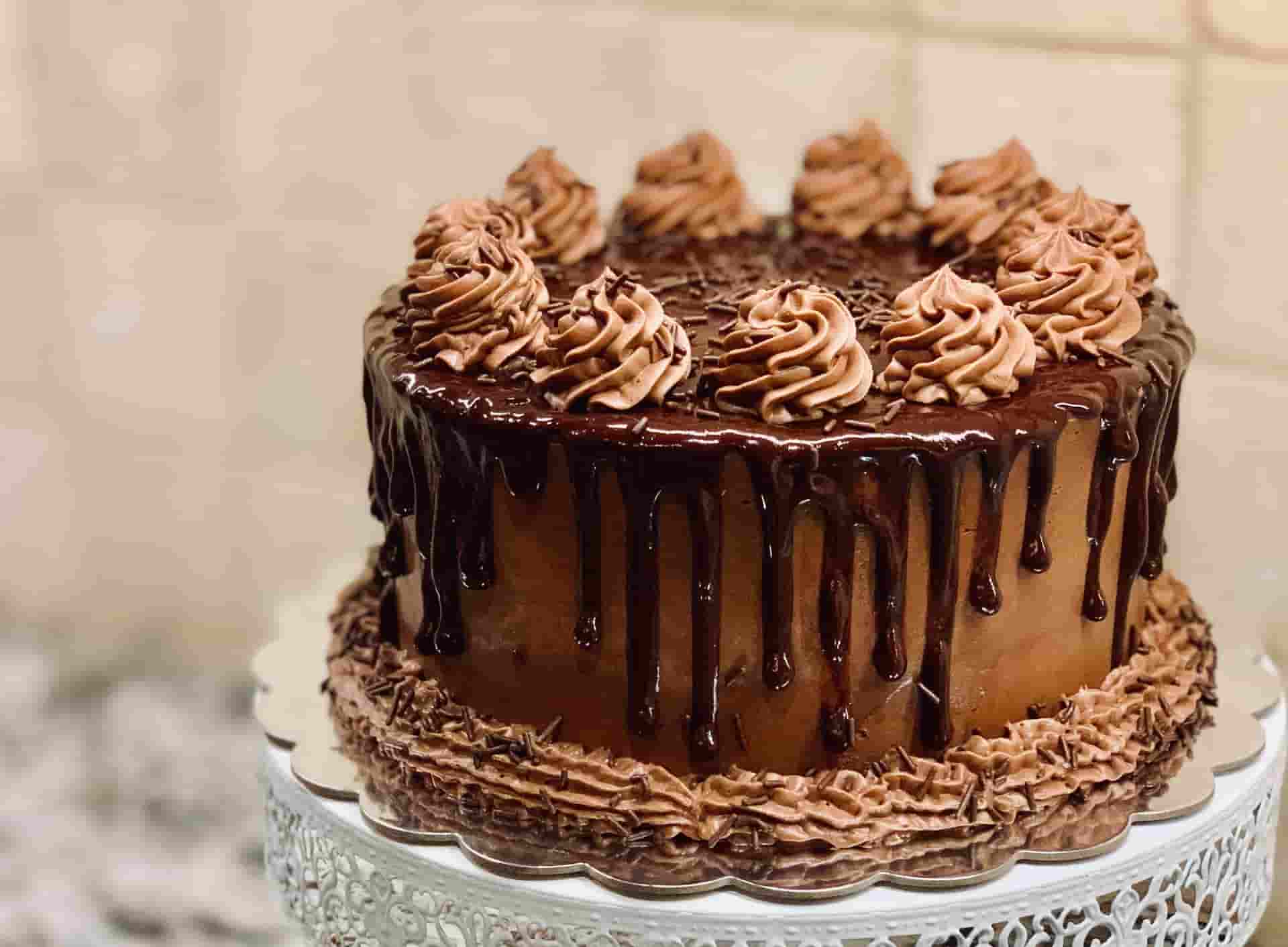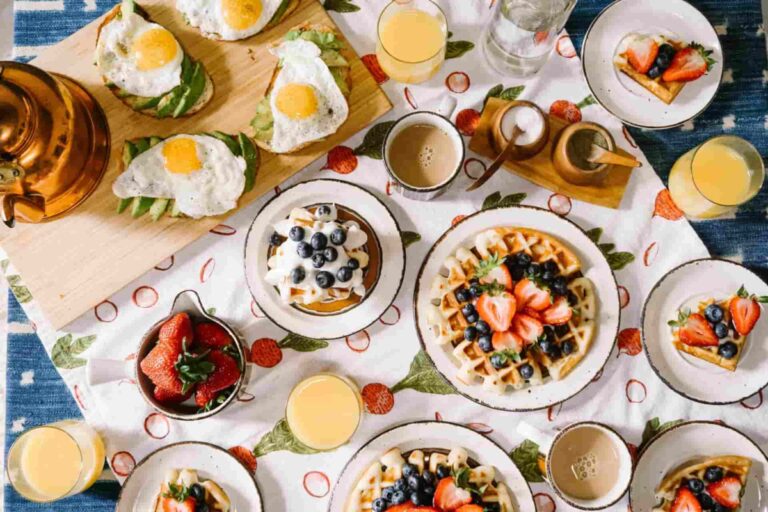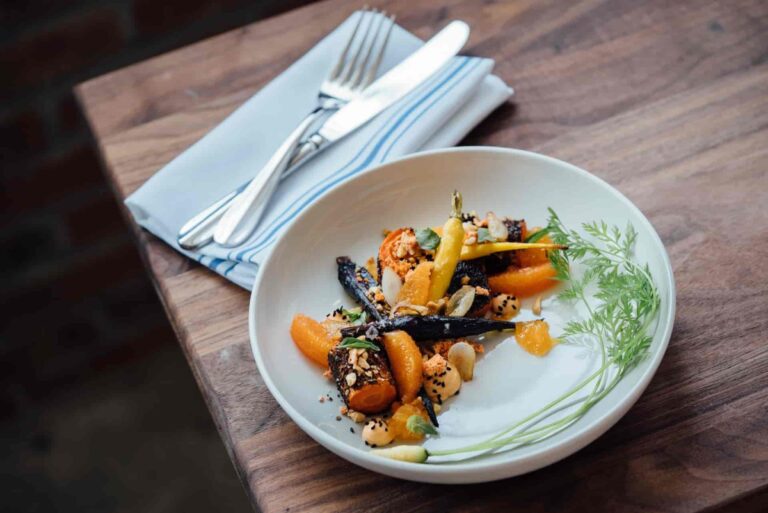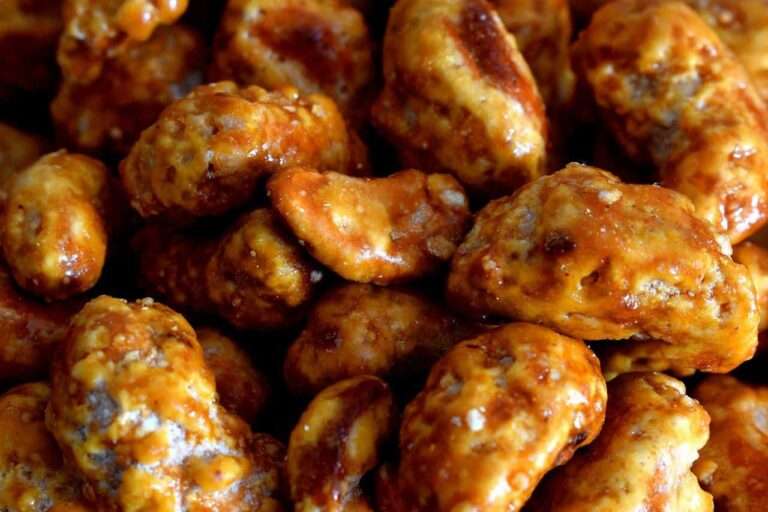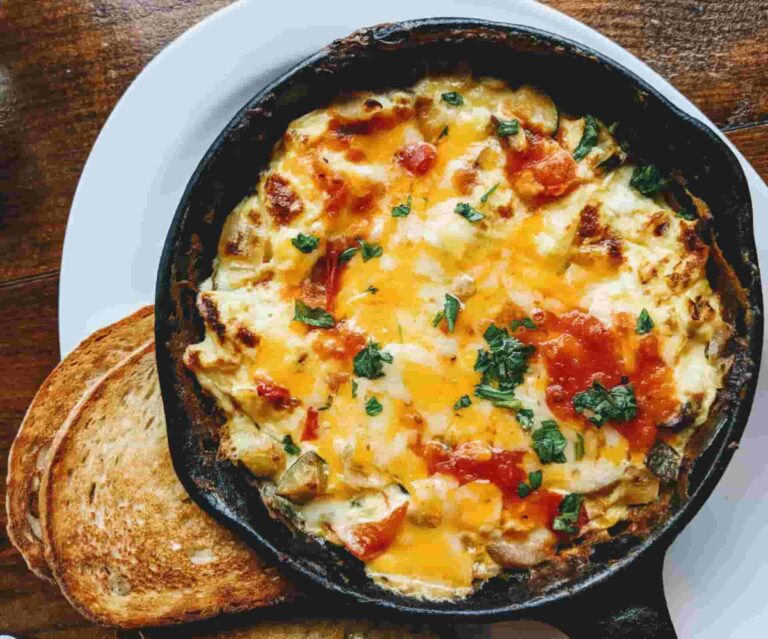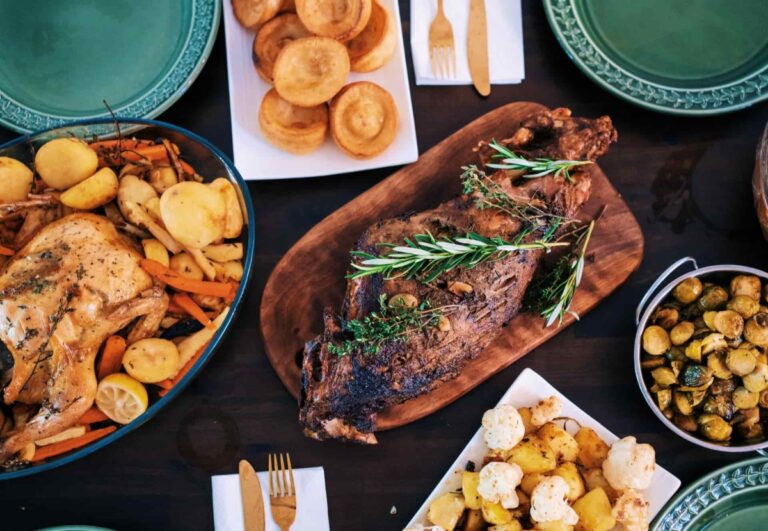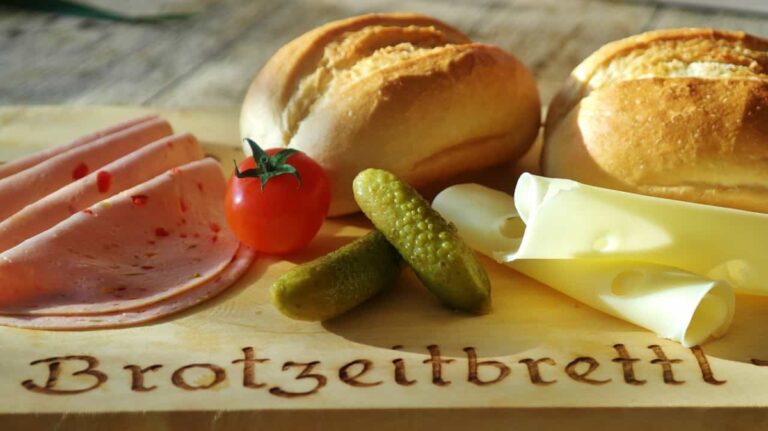47 top chocolate information just for you
Did you know that white chocolate, despite its name, is not really chocolate since it does not include any chocolate solids?
- White chocolate is made using cocoa butter that has been removed, but it is missing the component that gives real chocolate its identity. Because it does not include any cocoa solids, white chocolate only contains minute amounts of the stimulants theobromine and caffeine.
- It is believed that Mexico, Central America, and South America were the original homes of the cocoa bean. There is evidence that people in the area that is now Ecuador used cocoa products around 5,000 years ago.
- Cacao was brewed in both Mexican and Aztec civilizations, but the end product was nothing like the hot chocolate we have today. Instead, it was a generally bitter beverage that was often used for ceremonial events such as weddings.
- In 1847, the shop of J.S. Fry & Sons created what they dubbed “eating chocolate” by blending cocoa butter, sugar, and chocolate liquor. At the time, they called it “eating chocolate.” This particular type of chocolate was gritty and substantial.
- The cacao bean does not, despite its illustrious history and esteemed standing, transform into chocolate by some kind of mystical process; rather, it takes around 400 beans to produce one pound of high-quality chocolate.

Chocolate nutrition values and health benefits
- If you can find quality dark chocolate with a high cocoa content, eating it on a regular basis may have positive effects on your health. Minerals like iron, magnesium, copper, and manganese are among those that may be found in it, and it also contains a significant amount of soluble fibre.
- In addition to that, it has a significant quantity of potassium, phosphorus, zinc, and selenium. As a direct consequence of this, it is suggested that moderate amounts of dark chocolate be consumed.
- Cocoa and dark chocolate both have the potential to exhibit favourable profiles of fatty acid composition. The bulk of the lipids in this product are comprised of oleic acid, stearic acid, and palmitic acid. Oleic acid is a heart-healthy fat that is also found in olive oil. Stearic acid and palmitic acid are also found in palm kernel oil. Stearic acid does not significantly affect the body’s cholesterol levels in either a positive or negative way.
- Even while palmitic acid has the ability to cause an increase in cholesterol levels, it only makes up one-third of the calories that come from fat in general. There is also theobromine and caffeine in dark chocolate, but it is quite unlikely that these components would keep you awake at night since the amount of caffeine in dark chocolate is so small in comparison to the amount of caffeine that is present in coffee.
- Cocoa and dark chocolate both contain a significant amount of a wide variety of powerful antioxidants. In point of fact, they have an exceptionally high antioxidant content in comparison to the vast majority of other foods, including blueberries and acai berries.
- The bioactive compounds present in cocoa have the potential to increase blood flow in the arteries, which in turn has the potential to result in a tiny but statistically important drop in blood pressure.
- It has been demonstrated that eating dark chocolate may improve a number of important risk factors for various illnesses. According to the findings of the researchers, it increases HDL at the same time as it lowers LDL and improves insulin sensitivity. In other words, it protects LDL from being damaged by oxidation.
- Observational studies have indicated that those who consume the most chocolate have a much reduced risk of acquiring heart disease than those who consume less chocolate.
- Because it contains a variety of bioactive chemicals, dark chocolate may also be good for the health of your skin. It has been shown that flavanols provide protection against the damaging effects of ultraviolet light, increase the amount of blood that flows to the skin, and improve both the skin’s density and its level of wetness.
- In the weeks and months preceding your beach vacation, consider indulging in a little bit more dark chocolate than you normally would. This will help you avoid sunburn. However, before you decide to ditch your standard skin care routine in favour of consuming more chocolate, you should discuss this decision with your primary care physician or a dermatologist.
- It’s possible that consuming cocoa or dark chocolate might improve brain function by increasing blood flow to the head. This substance contains a number of stimulants, including caffeine and theobromine, among others.
- There is a growing body of research suggesting that cocoa may provide considerable health benefits, one of the most important of which is the prevention of heart disease.
- Obviously, this does not indicate that you should go crazy and consume enormous quantities of chocolate on a regular basis; nor does it suggest that you should do so. It still includes a great number of calories, and it is quite easy to consume an excessive amount of them.
- After dinner, you may try to savour a piece or two of chocolate and enjoy them to the best of your ability. If you want the benefits of cocoa without the calories associated with chocolate, consider making a cup of hot cocoa without adding any sugar or cream to it. This will allow you to get the benefits of cocoa without ingesting the calories associated with chocolate.
- Also, bear in mind that a significant amount of the chocolate that is now for sale does not have any nutritional value. Pick high-quality items, such as dark chocolate with a cocoa content of at least 70%, to satisfy your cravings.
100g of dark chocolate has 546 calories(2284kj), 4.9g protein, 31g fat, and 61g carbs including 7g fibre.
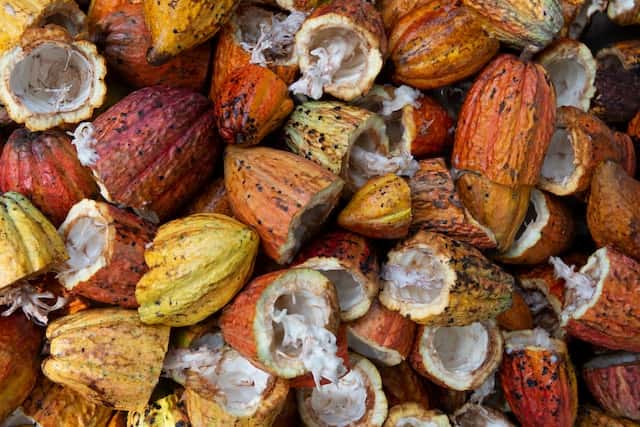
How to store chocolate and how to buy them
- When it comes to chocolate, the “cacao percentage” that is listed on the back of the bar refers to the ratio of cocoa butter to cocoa mass that is included in the product. As a consequence of reducing the amount of sugar and other components in proportion to the amount of cocoa butter used, the end product is chocolate that has a less sweet taste. Unsweetened chocolate, sometimes referred to as “baking chocolate,” does not include any additional sugar of any kind.
- Chocolate has the ability to take on the flavours and aromas of whatever is immediately around it. Amongst other things, if you were to look in a refrigerator, you may discover some cheese that has gone bad, some leftover curry from the night before, or some pungent charcuterie that has been flavoured with various herbs and spices. In addition to that, fridges are full of moisture that has been condensed, which may cause the chocolate to develop a bloom.
- When chocolate is cooked, the sugars in the chocolate rise to the top, giving it a white and dusty look. In other words, the appearance of chocolate changes when it is heated. Although the chocolate could still have a wonderful flavour, the look of your gift will be a complete and utter mess.
- Choose a location that is cool, dry, and dark for your chocolate rather than store it in the refrigerator so that it may have the best chance of lasting forever. A pantry cabinet is a wonderful addition to any kitchen, but to prevent food from being contaminated, it should be placed in a location that is inaccessible to strong odours, radiators, ovens, and boilers. The emulsion of cocoa solids and cocoa butter will be able to maintain its consistency for a number of months, if not years, after it has been produced if the temperature is maintained at less than 21 degrees Celsius (and preferably between 18 and 20 degrees Celsius), and if the humidity is maintained at less than 55%.
- Keep chocolate in a container that seals tightly and is dust-free and airtight. This will not only protect the chocolate from unpleasant odours, but it will also help to slow down the rate at which oxygen causes the chocolate to deteriorate over time, making it a more desirable option overall.
- It is important to keep chocolate away from any source of light, whether it be natural or artificial. When anything like this takes place, the chocolate will get discoloured, and its flavour will change as time passes.
- If you do not have access to a cold place to store your chocolate and your only alternative is to put it in the refrigerator, wrap it tightly in cling film to protect it from odours and humidity before placing it in the refrigerator. If you do not have access to a cold place to store your chocolate, your only alternative is to put it in the refrigerator. The chocolate may then be preserved by placing it in a container that is completely airtight. After taking it out of the refrigerator, you should wait until it has returned to room temperature before removing all of the wrapping.
- You are able to freeze chocolate, but before you do so, you must first chill it in the refrigerator for twenty-four hours before putting it in the freezer. If you want to enjoy the chocolate, you need to do the opposite of what is instructed. First, you need to put it back in the refrigerator for another 24 hours so that there is enough time for a smooth temperature shift and so that there is no temperature shock. After that, you need to let it come back to room temperature before you can taste it.
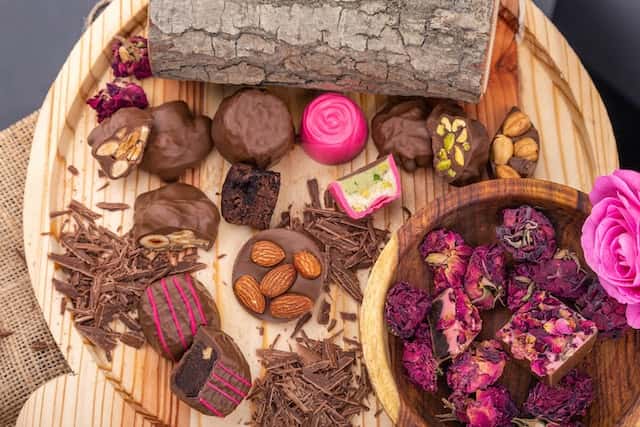
Cooking techniques, secrets, and tips from the kitchen
- When it comes to desserts, cooking chocolate is a great way to add a touch of sophistication and elegance to the dish.
- When producing ganache, one of our favourite ways to properly show off the rich earthy overtones of a good dark chocolate is to melt it down until it has the viscosity of a smooth liquid.
- This is one way that we show off the ganache’s full potential. Dark chocolate and double cream, which have been combined and gently warmed, are the only ingredients required to make ganache.
- Sugar may be added to the mixture if desired. It is essential to heat the mixture in a very cautious manner because if it becomes too hot, it might become unstable and split.
- Ganache is a glossy and sumptuous chocolate sauce that may be used as a glaze for cakes, a dip for fruit and nuts, or as a pastry filling for a dish that is both simple and exquisite. Ganache can be used in any of these ways.
- Dark chocolate, which does not contain milk solids as milk chocolate does, may be used in vegan baking in addition to traditional baking. The strong flavour of cocoa may hold its own even when combined with more conventional flavours like orange and mint, for example. The opulent flavour of chocolate, on the other hand, works very well with less traditional components, such as miso paste from Japan.
- The earthy and subdued accents of the cocoa flavour may offer depth and richness to a savoury meal, despite the fact that we are not used to using chocolate as a culinary ingredient for supper. The people of Central and South America were the first to turn cacao beans into a savoury and rich beverage that was consumed during rituals and celebrations. In point of fact, traditional Mexican mole is created by combining chilies, spices, and tomatoes with pieces of dark chocolate to make a savoury sauce. This sauce pairs well with a variety of foods, including chicken and rice flavoured with coriander, among other things.
- Before serving, snip off a piece of cooking chocolate and put it in the dish you’ll be serving, whether it’s spaghetti Bolognese or chilli con carne. The dinner is given a deep and mellow flavour thanks to the inclusion of cocoa, which works well in both meat-based and plant-based meals. Once you’ve tried it, you won’t want to revert to your previous habits after tasting this meal.
- When it comes to those who like eating meat, gamey red meats like deer, grouse, lamb, or steak go particularly well with dark chocolate since the flavours of these foods are not overpowered by the cocoa. In the case of vegetarians, mushrooms are a fantastic substitution due to the fact that the chocolate goes well with the earthy flavour that mushrooms possess. Make a savoury sauce out of the chocolate to pour over the meal, or include it straight into the stew for a flavourful depth.
- There is no such thing as an article about cooking with chocolate that does not contain a mention of hot chocolate. There is no such thing. The cooking chocolate should be grated into a pan of milk that is just beginning to heat up, and then the contents of the pan should be whisked until frothy and combined, with sugar added to taste. The best way to get warm on a chilly day is to find a cosy spot on the sofa, wrap your fingers around the mug, and take deep breaths of the rich chocolate aroma. There’s nothing better!
- Along with goat, Parmesan, Chèvre, and blue cheeses, pretzels, potato chips, peanuts, and almonds are some of the other foods that mix very well with dark chocolate. fruits and vegetables such as fennel, peppers, and pumpkin, in addition to raspberries, grapes, strawberries, and bananas.
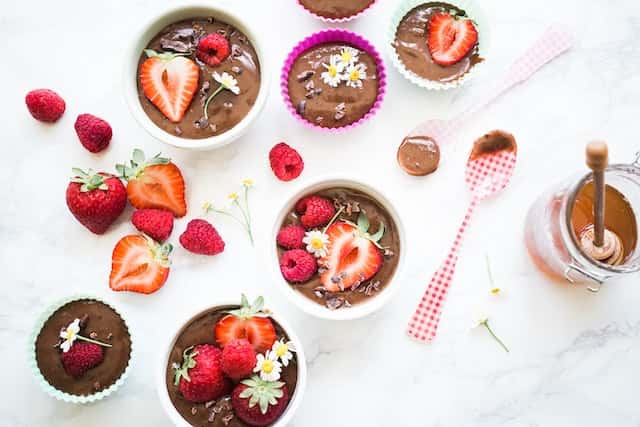
History of chocolate from the beginning until today
- Four thousand years ago, everything began in Mesoamerica, which is today known as Mexico. This region is the birthplace of cocoa, where the first cocoa plants were found. The Olmec civilization, which originated in Latin America and is considered to be one of the earliest civilizations, is credited with being the first to create chocolate from cocoa beans. During rituals, they would consume their chocolate and also utilise it for medical purposes.
- Chocolate was regarded as a divine drink all the way back to the time of the ancient Mayan civilisation. Mayan chocolate was made by roasting and grinding cacao beans, adding chilies, water, and cornmeal, and then stirring the mixture together. The Mayans passed this mixture from one pot to the next by the Mayans as they prepared xocoatl, which literally means “bitter water.” The end result was a beverage with a thick, frothy consistency.
- Around the 15th century, the Aztecs started using cocoa beans as a form of currency. The Aztec people drank chocolate for a variety of reasons, including to satisfy their thirst, as an aphrodisiac, and even to help them get ready for combat.
- It is unknown exactly when chocolate was introduced to Spain for the first time. Chocolate is supposed to have been brought to Mexico for the first time by Hernán Cortés in the year 1528.
- The Spanish successfully hid chocolate from the general population for a significant amount of time. The delicacy did not become popular in France or anywhere else in Europe until over a century after it was first introduced.
- 1615 was the year when Louis XIII wed Anne of Austria, who was the daughter of King Phillip III of Spain. Their wedding took place in that year. In order to honour the marriage, she transported chocolate samples all the way to the royal courts of France.
- Shortly after that, one-of-a-kind “chocolate houses” started to emerge in the United Kingdom, modelling themselves after those seen in France. As a direct consequence of the proliferation of this trend, a great number of European nations started growing cacao in tropical areas.
- Even in modern times, members of the European aristocracy still like chocolate. Chocolate was considered a delicacy that was appreciated by royalty as well as others in higher social groups because of its positive effects on health.
- Making chocolate by hand was still standard practice, despite the fact that it was a labour-intensive process. The beginning of the Industrial Revolution, on the other hand, was going to make a big difference in how things were done.
- The manufacturing of chocolate underwent a sea change as a direct consequence of the invention of a chocolate press in the year 1828. Roasting chocolate beans may be followed by the extraction of cocoa butter using cutting-edge technology, which would leave behind a fine coco powder.
- After the powder was combined with liquids, it was pressed into a mould and allowed to cool, at which point it solidified into a bar of chocolate that could be consumed. The modern era of chocolate began right there and then when it was first manufactured.
